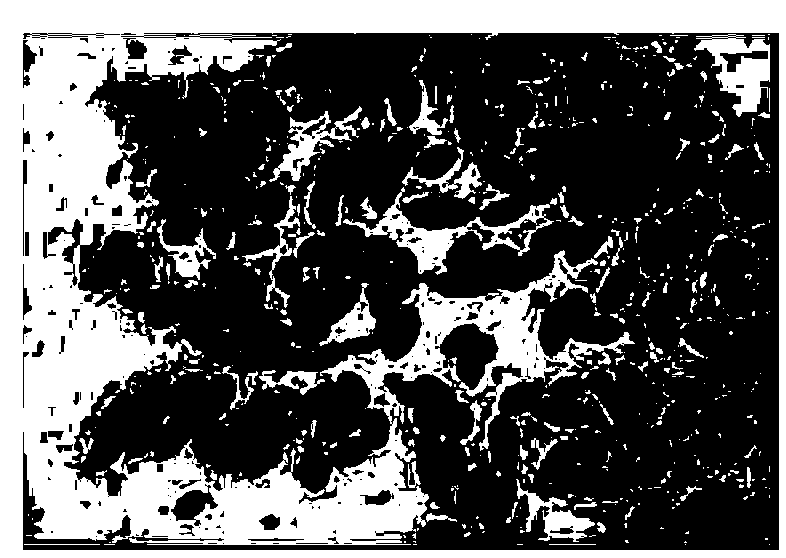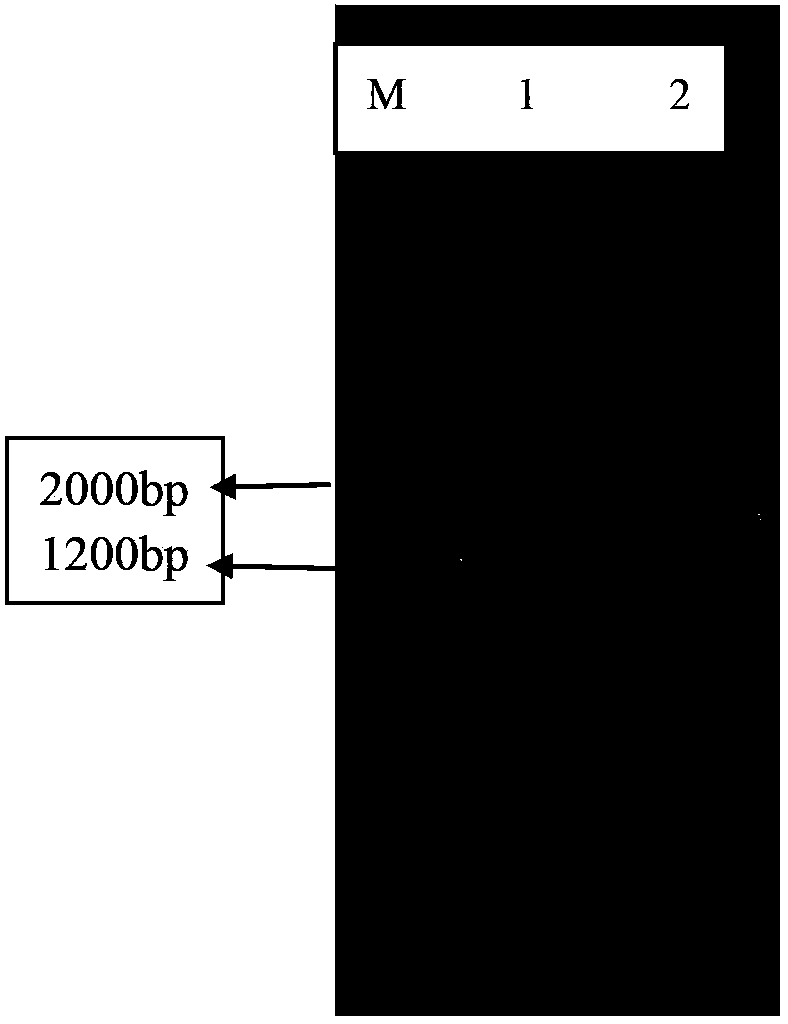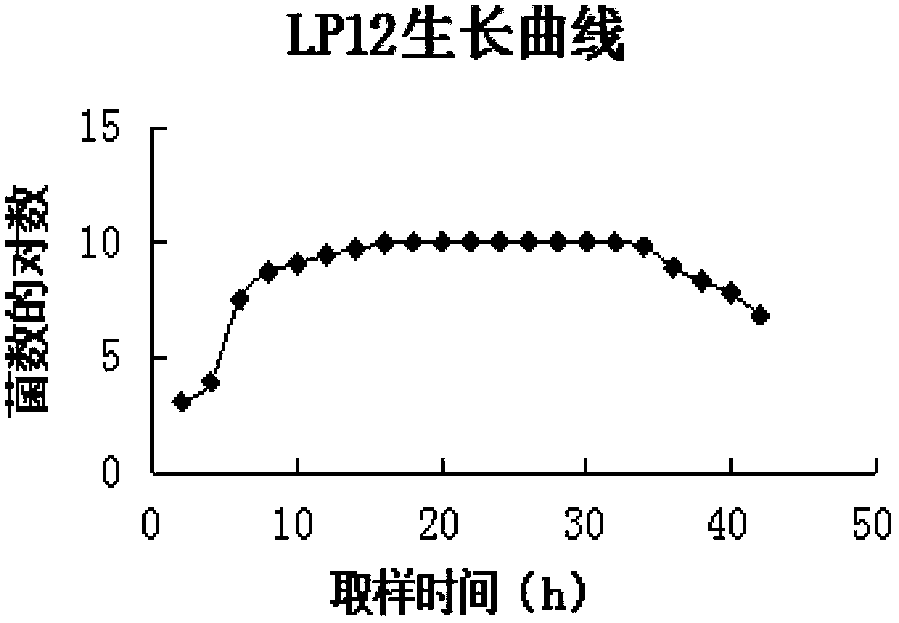Glutaraldehyde degradation strain as well as preparation method and application thereof
A glutaraldehyde and bacterial strain technology, applied in the field of environmental pollution control, can solve the problems of limited resources of glutaraldehyde degrading bacteria, immature technical means, affecting soil, etc. The effect of avoiding secondary pollution
- Summary
- Abstract
- Description
- Claims
- Application Information
AI Technical Summary
Problems solved by technology
Method used
Image
Examples
Embodiment 1
[0043] Example 1: Screening and identification of glutaraldehyde-degrading bacteria
[0044] 1) Isolation of glutaraldehyde-degrading bacteria:
[0045] 10g of the soil collected from the breeding pig farm of Huazhong Agricultural University was added to a triangular flask filled with 90ml of sterile water, and after shaking the flask for 4 days, 100μl of the soil solution was applied to a solution containing 0.05% glutaraldehyde (v / v). Inorganic salt solid medium (KNO 3 1900mg / l, NH 4 NO 3 1650mg / l, KH 2 PO 4 170mg / l, MgSO 4 .7H 2 O 370mg / l, CaCl 2 .2H 2O 440mg / l); 28 ℃ constant temperature culture. The single colony growing on the plate was picked out for streak isolation and purification, and then re-applied to the above-mentioned inorganic salt plate containing glutaraldehyde for cultivation. After 3 times of separation and screening, the strains with stable and efficient degradation ability to glutaraldehyde were preserved and stored on the LB slant for futur...
Embodiment 2
[0065] Embodiment 2: Determination of efficient degrading bacteria to glutaraldehyde degradation ability
[0066] 1) Preparation of glutaraldehyde standard curve:
[0067] Use high performance liquid chromatography to detect the concentration of glutaraldehyde: first use 2,4-dinitrophenylhydrazine (DNPH) to derivatize glutaraldehyde into 2,4-dinitrophenylhydrazone, and then analyze 2,4-dinitrophenylhydrazone The 360nm ultraviolet absorption of nitrophenylhydrazone determines the content of DNPH, and further converts it into the content of glutaraldehyde. HPLC detection method: Chromatographic column: Diamonsil TM C 18 5m, 200mm*4.6mm; mobile phase: acetonitrile / water=70 / 30 (V / V); column temperature: 25°C; flow rate: 1.0mL / min; detection wavelength: 360nm (UV / DAD); injection volume: 20μl (Wang Miaofei, Rapid Analysis of Glutaraldehyde Residue in Chewing Gum by High Performance Liquid Chromatography, Modern Food Science and Technology, 2007, 23(12): 80-82).
[0068] Derivati...
PUM
| Property | Measurement | Unit |
|---|---|---|
| concentration | aaaaa | aaaaa |
| concentration | aaaaa | aaaaa |
Abstract
Description
Claims
Application Information
 Login to View More
Login to View More - R&D
- Intellectual Property
- Life Sciences
- Materials
- Tech Scout
- Unparalleled Data Quality
- Higher Quality Content
- 60% Fewer Hallucinations
Browse by: Latest US Patents, China's latest patents, Technical Efficacy Thesaurus, Application Domain, Technology Topic, Popular Technical Reports.
© 2025 PatSnap. All rights reserved.Legal|Privacy policy|Modern Slavery Act Transparency Statement|Sitemap|About US| Contact US: help@patsnap.com



